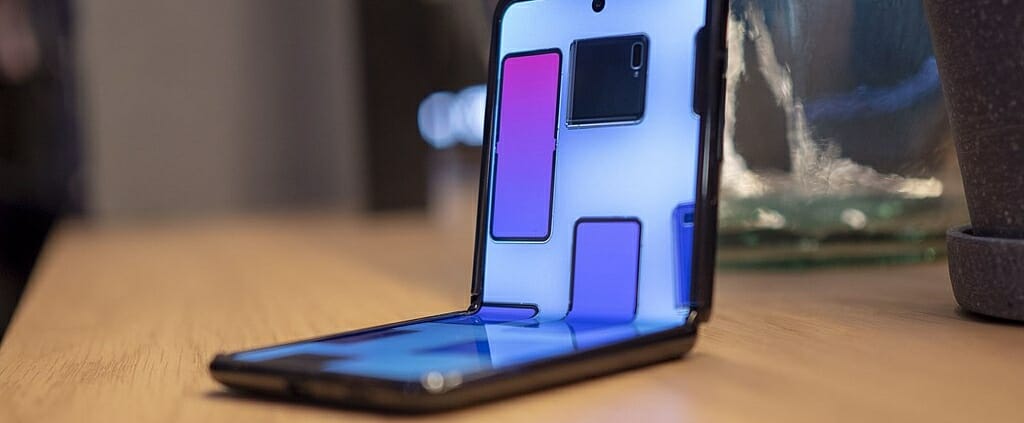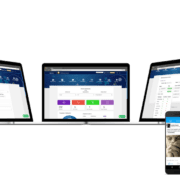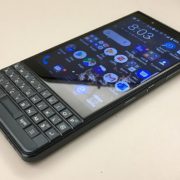Must Know Mobile App Design Trends For 2021
Every appreneur needs to embrace the latest trends in mobile app design to stay ahead of the curve. Technology always brings about exciting developments that set the tone for the coming years. If we study the mobile app design trends for 2020, we concur that mobile apps have matured and become refined. However 2021 promises a lot more than just refinement, as we’ll reveal below.
1. Latest Trends In Mobile App Design
With the year coming to an end, we’ll quickly go over the mobile app design trends for 2020. Even though it was a tumultuous year, technology continued its evolutionary path. We all had the opportunity to enjoy advanced animations, convenient voice search, enhanced aesthetics, personalized dashboards, and universal device UX in our mobile apps. So, it wasn’t an entirely terrible year for either developers or users.
But what mobile app industry trends do we have to look forward to in 2021? We can expect further improvements in aesthetics and UX design, with better layering and use of art assets. But beyond the enhanced visual elements, mobile app technology will take another leap forward.
Further AI integration, adoption of mobile commerce, growth of 5G, improved security, marketing via instant apps, and more cloud-based storage options will define app development in the coming year. Furthermore, the number of target platforms will grow due to the gradual adoption of foldable and wearable devices. While the mobile app design trends for 2020 proved beneficial, we’re incredibly excited about what 2021 brings forth.
2. Incorporate AI Into Apps
AI has become commonplace in many mobile applications in recent years. But like all good mobile app industry trends, we can expect further adoption of AI in 2021. And there’s a good reason for this, considering that AI enhances a wide variety of useful applications.
Think about the apps that make your life easier and how they automate mundane tasks. Whether it’s autocorrecting your text, becoming your digital assistant, or sorting large data sets, AI has become an integral component. Be sure to incorporate AI into your upcoming apps to provide users with the functionality they crave.
Furthermore, you can enhance existing features with AI. For example, you can improve an app’s UI with the addition of conversational AI, which notifies users about new products and services based on their behavioral patterns via the UI.
3. Consider The Growing 5G Trend
We’re right on the cusp of the wide adoption of the fifth generation of cellular technology (5G). And it’s quite a big deal because it will radically transform all industries on a global scale. From the communications industry through to the farming sector, 5G will help solve many real-world problems.
But what does this mean for mobile users and developers?
Users can download high definition movies at rapid speeds and stream immersive gaming content that would only run on powerful devices. Undoubtedly, this presents opportunities for developers to create more engaging applications than ever before. Developers can now deliver compelling AR, VR, and XR experiences without worrying about network bottlenecks.
4. The Rise Of M-Commerce
It’s no secret that e-commerce has changed consumer purchasing habits forever. But it won’t end there. Many mobile users realize that they can enjoy the benefits of online shopping directly on their smartphones. And the statistics from the US market show a lot of promise about the future of mobile commerce.
According to Episerver, 53% of US consumers use their smartphones to shop online. And according to Statista, almost half of consumers prefer to conduct product research via mobile retail apps, while Emarketer expects US mobile commerce sales to reach $432.22 by 2022. Savvy developers should implement the latest trends in mobile app design for their upcoming m-commerce solutions.
5. Increased Interest In Folding Devices And Apps
The recent releases of the Microsoft Surface Duo, Moto Razr, and Samsung Galaxy Z Flip have certainly raised eyebrows. These devices offer their unique take on the much desired folding capability, which enhances mobility and versatility.
Developers have started optimizing their existing mobile apps to take advantage of these foldable screens. But many users will probably delay buying folding smartphones until they’re cheaper, slimmer, and more durable. However, we should expect improvements in 2021 that will entice users to make the jump.
6. More Cloud-Based Storage
One of the most common mobile app industry trends involves cloud-based storage. While cloud storage is hardly new, this doesn’t mean that it won’t be relevant in 2021. Developers will continue to rely on the cloud to sync and store data for their mobile applications. Moreover, users enjoy the convenience of cloud storage, which allows them to use the same apps on various devices without losing their work once they switch to another device or run out of power.
7. Improved App Security
With an ever-growing number of users relying on banking and m-commerce apps, it’s essential to improve app security. And with the increased frequency of data breaches, users have become more discerning about what apps they’ll download. That’s why developers need to implement cryptography, encrypt their source code, perform security checks, reduce sensitive data storage, and secure the backend to mitigate security issues.
8. Marketing With Instant Apps
Android Instant Apps have increased in popularity because they allow users to try out apps without downloading them. All a user has to do is click on a web link on Google Search to open an Instant App. Furthermore, users can conveniently share pages from an Instant App via social media, which opens a ton of marketing opportunities.
Businesses operating in competitive markets can leverage Instant Apps to sell products and services due to their seamless nature. Apple’s iOS 14 introduces App Clips, which offers similar functionality to Android’s Instant Apps.
9. Designing For Wearables
When considering the latest trends in mobile app design, we can’t help but think of wearables. Nowadays, many people wear smartwatches such as the Apple Watch, Fitbit, and Samsung Galaxy Watch, to name a few. Even traditional watchmakers such as Fossil have introduced their own range of smartphones. And while Apple leads this market segment, we can expect Android smartphones to grow in popularity during 2021.
These wearable devices present many opportunities for developers to engage users in unique ways. After all, these users choose wearables because they like to stay connected while exercising, running, and swimming. They want to receive calls, messages, and social media notifications, even when they don’t have their smartphones nearby. Thus, developers should add functionality that facilitates ongoing communication for smartwatch owners in their upcoming apps.
In Conclusion
Mobile app industry trends present new opportunities and challenges for developers. 2021 promises to bring a plethora of exciting trends that we’ve covered in detail above. Contact us today to learn how NS804 can help you create mobile apps that engage and enthrall users.













Leave a Reply
Want to join the discussion?Feel free to contribute!